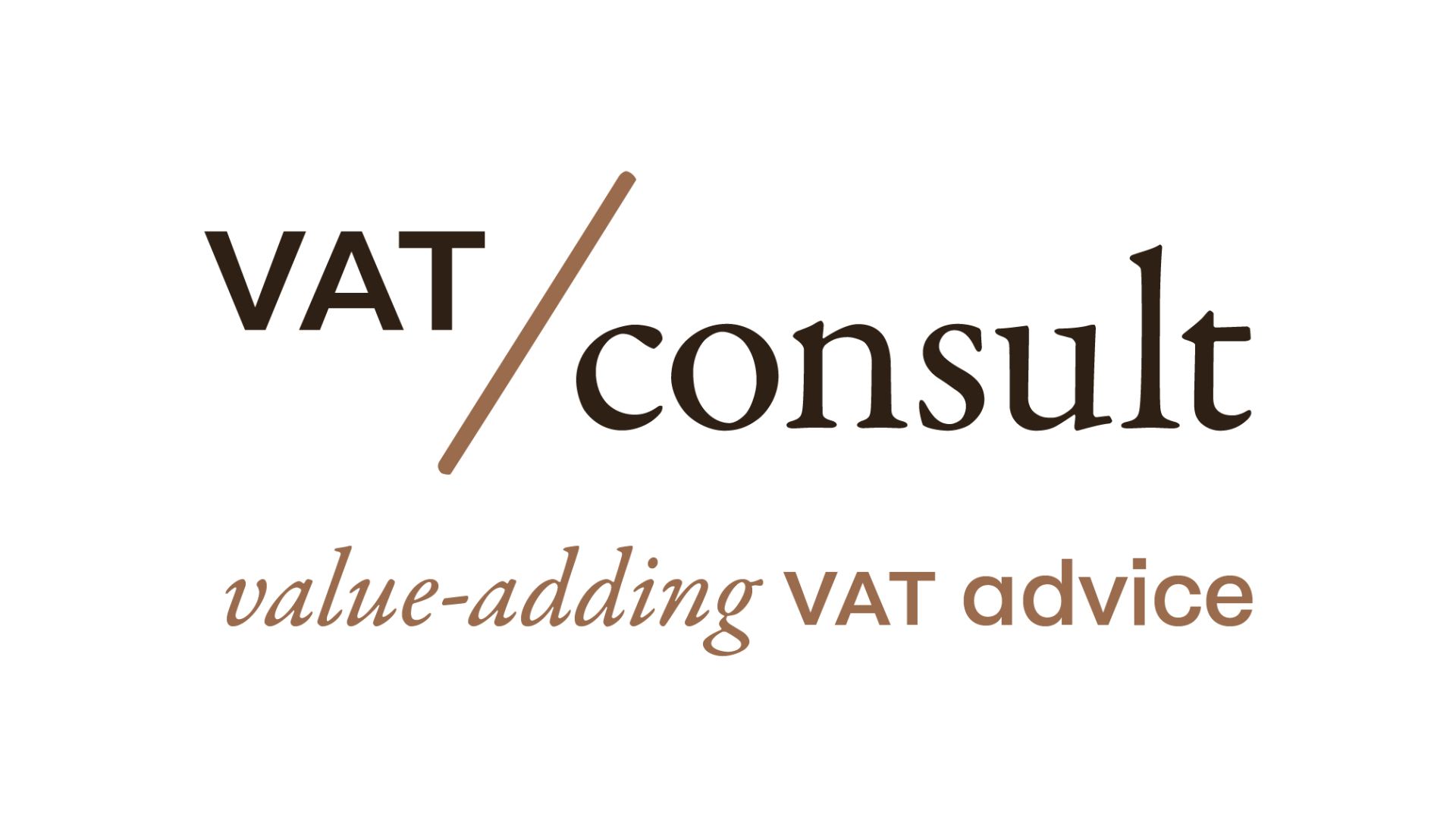Abolition of current account
One of the most significant changes in the bill is the abolition of the current account, which is currently used to manage payments, refunds, debts, and balances. Instead, it will be replaced by the VAT provision account, a more flexible tool for managing debts and credits. Taxpayers can now pay their VAT debts, assign credits to specific debts, and request full or partial reimbursement of their VAT credits.
New penalty mechanism: replacement return
With the current account gone, the special account that was created when VAT returns were not filed (or not filed on time) and/or in case of non-payment of VAT debts will also disappear. Instead, failure to file VAT returns will be sanctioned automatically. Taxpayers who fail to file their returns or file them late will, as of 2024, receive a replacement return, whereby the administration will base itself on the highest amount of the payment position in the past 12 months (with a minimum of €2,100).
New filing due date and refund procedure
The deadline for filing quarterly returns is extended by 5 days to the 25th of each month, but monthly filers will still have the same filing deadline. Note that the current administrative tolerances, which do not impose penalties for late filing, will disappear.
Additionally, there are changes to the refund procedure. Unlike the current procedure, a refund request via the VAT return will only be possible for the current VAT period. Accumulated credits from previous return periods will have to be reclaimed through a separate procedure. To be eligible for a refund, the taxpayer must have submitted all periodic VAT returns for the past six months on time, and the VAT credit must be at least EUR 50.
Monthly filers can request a standard monthly refund of their VAT credits (without requiring a special permit) and will receive payment of their credits within two months after the reporting period. For quarterly declarants, the current repayment terms remain in effect. These vary between two and three months after the reporting period, depending on the need for a thorough inspection of the VAT credit.
Payment by direct debit possible
In the future, it will be possible to pay VAT debts via direct debit. This will make it easier for taxpayers to pay their VAT debts.
New vat procedural rules
There are also new procedural rules, including a mandatory response period of one month for taxpayers who receive a request for information. In some cases, this period may be reduced to 10 days, such as in the case of a VAT refund audit. Failure to respond within this period will allow the VAT authorities to withhold the VAT credit as a protective measure.
Ratio legis
The aim of the legislative changes is to tackle the slow VAT assessment process and manual processing of non-submitted VAT returns. Currently, numerous data entries are made manually, which is time-consuming and increases the risk of errors. This has a negative effect on the optimal collection of VAT revenues. The reform should help to encourage compliance not only through facilitating measures and incentives but also through enforcement measures.
Entry into force
It is anticipated that the new rules will take effect on January 1, 2024. However, if additional time is required to implement the significant IT developments, the starting date may be postponed to a later date of entry into force, but it cannot be later than January 1, 2025.
